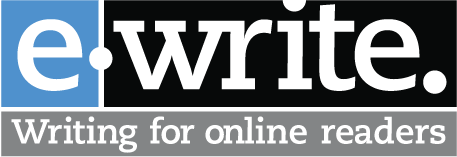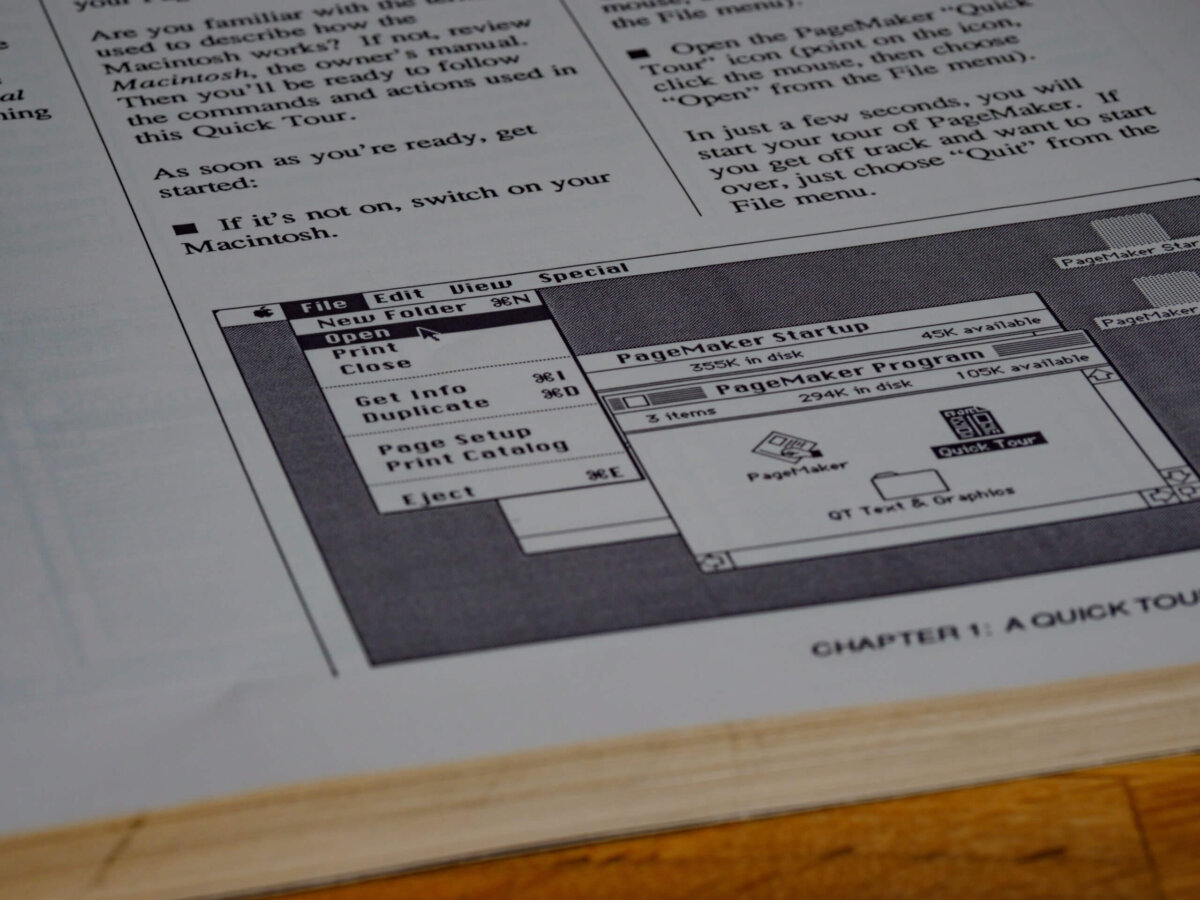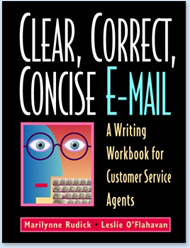Early this summer we wrapped up a great project and we’d like to share the fruits of our labor with you. After about 18 months of discussion, development, and drafts, the Web Editorial Style Guide we wrote for the Energy Information Administration (EIA) has finally been published as a wiki on EIA’s intranet. While we can’t offer you access to their intranet, we can offer you the Style Guide as a PDF download. Just complete the Style Guide download form and you’ll get the 66-page Style Guide. Though the Style Guide is illustrated with EIA-related examples, its common sense advice is useful for anyone who wants to publish correct, consistent content.
We realize it’s the height of the summer vacation season and the Web Editorial Style Guide will never make your list of books to take to the beach, but we think it’s a great resource for:
- Documenting editorial style decisions and settling editorial conflicts. The Style Guide puts the rules about writing in writing. For example, for EIA website is one word. End of discussion.
- Establishing a climate of collaboration in online publishing. This is especially true for EIA’s Style Guide, published as a wiki. Though the EIA web management team has placed limits on users’ abilities to change the Style Guide wiki, their choice to publish the Style Guide as a wiki enables them to update the Guide easily and frequently. For example, a recent request from an EIA employee in Dallas on how to handle the phrase “Lower 48 States” led to a decision, published in the Style Guide wiki: capitalize the word State, omit the hyphen.
- Providing guidance on editorial issues large and small. In addition to recording rules for writing correctly, the Style Guide includes advice on writing well. For example, the first chapter of the Guide contains this advice:
We hope this Web Editorial Style Guide may serve as a model as you update or develop a style guide for your online writing. We’re also interested in how you “govern” online writing in your organization. Leave us a comment to let us know whether you use a style guide. If so, did you develop it yourself? We’d love to take a look at your guide, so provide a link, if you’re willing.
— Leslie O’Flahavan
Tags: Style guides, Writing resources






I am glad to visit you site.. This site gives the light in which we can observe the reality and it is very useful one and gives in depth information. thanks for this sharing this article.